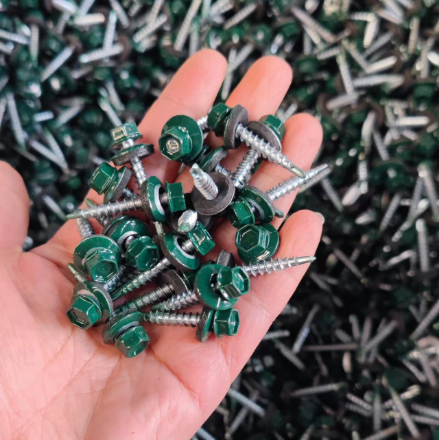flat washer measurements manufacturer
Understanding Flat Washer Measurements A Guide for Manufacturers
Flat washers are essential components used in various applications, providing stability, preventing loosening, and distributing load. For manufacturers, understanding flat washer measurements is crucial for ensuring compatibility and performance in their respective projects. This article delves into the key aspects of flat washer measurements, including standard sizes, materials, and considerations for manufacturers.
Standard Sizes
Flat washers come in various sizes, typically defined by their inner diameter (ID), outer diameter (OD), and thickness. The most common measurement standards are the Imperial (inch) and Metric systems. In the Imperial system, flat washers are often categorized by their ID, which can range from tiny sizes of 1/16 inch up to several inches, depending on application needs. Similarly, the Metric system uses millimeters to denote ID, OD, and thickness, commonly offering measurements like 3 mm, 6 mm, 10 mm, and beyond.
Manufacturers must refer to standardized specifications, such as those set by the American National Standards Institute (ANSI), the International Organization for Standardization (ISO), or the German Institute for Standardization (DIN). These specifications provide a baseline for dimensions, ensuring that washers can be interchangeable and compatible across different applications.
Material Considerations
The material of flat washers significantly influences their measurements and performance. Common materials include steel, stainless steel, plastic, and rubber, each providing unique properties. For instance, steel washers offer strength and durability, while stainless steel washers are resistant to corrosion, making them ideal for outdoor or marine applications. Plastic washers may be used for electrical insulation, and rubber washers can help in vibration dampening.
flat washer measurements manufacturer

When selecting materials, manufacturers should consider not only the size but also the environment in which the washers will be used. High temperatures, moisture, and exposure to chemicals can affect the performance of flat washers, making it critical to choose the right material that aligns with the washer's intended application.
Tolerances and Quality Control
Precision in measurements is vital for flat washers, as even slight deviations can affect performance and safety. Manufacturers need to adhere to tight tolerances specified in industry standards, ensuring that all produced washers meet the exact dimensions required for their application. Implementing rigorous quality control measures, including dimension checks using calipers and micrometers, helps maintain this precision.
In addition to dimensional accuracy, surface finish is another important aspect. A smooth surface can minimize friction and wear, while a rough surface may increase the likelihood of loosening over time. The choice of surface treatment, such as zinc plating or anodization, can also impact corrosion resistance and overall washer durability.
Conclusion
For manufacturers, understanding flat washer measurements is a fundamental aspect of producing reliable and effective components. By adhering to standard sizes, selecting appropriate materials, and maintaining strict quality control, manufacturers can ensure that their flat washers meet the demands of diverse applications. Ultimately, the right choices in measurements and materials will contribute to the overall success and longevity of products that rely on these essential fasteners.
-
Top Choices for Plasterboard FixingNewsDec.26,2024
-
The Versatility of Specialty WashersNewsDec.26,2024
-
Secure Your ProjectsNewsDec.26,2024
-
Essential Screws for Chipboard Flooring ProjectsNewsDec.26,2024
-
Choosing the Right Drywall ScrewsNewsDec.26,2024
-
Black Phosphate Screws for Superior PerformanceNewsDec.26,2024
-
The Versatile Choice of Nylon Flat Washers for Your NeedsNewsDec.18,2024










